I am attempting to use some public information to produce a heat-map of Canada for some labor statistics. Using the spacial files from the census, and data from Statistics Canada (these are large zip files that are not necessary to dig into). Below is a working example that illustrates both the problems I am having with little relative change between regions( though there may be a big absolute change between periods, and the slow draw time.To get this to work, you need to download the .zip file from the census link and unzip the files to a data folder.
library(shiny)
library(maptools)
library(ggplot2)
require(reshape2)
library(tidyr)
library(maptools)
library(ggplot2)
library(RColorBrewer)
ui <- fluidPage(
titlePanel("heatmap"),
# Sidebar with a slider input for year of interest
sidebarLayout(
sidebarPanel(
sliderInput("year",h3("Select year or push play button"),
min = 2000, max = 2002, step = 1, value = 2000,
animate = TRUE)
),
# Output of the map
mainPanel(
plotOutput("unemployment")
)
)
)
server <- function(input, output) {
#to get the spacial data: from file in link above
provinces<-maptools::readShapeSpatial("data/gpr_000a11a_e.shp")
data.p<- ggplot2::fortify(provinces, region = "PRUID")
data.p<-data.p[which(data.p$id<60),]
#dataframe with same structure as statscan csv after processing
unem <- runif(10,min=0,max=100)
unem1 <- unem+runif(1,-10,10)
unem2 <- unem1+runif(1,-10,10)
unemployment <- c(unem,unem1,unem2)
#dataframe with same structure as statscan csv after processing
X <- data.frame("id" = c(10,11,12,13,24,35,46,47,48,59,
10,11,12,13,24,35,46,47,48,59,
10,11,12,13,24,35,46,47,48,59),
"Unemployment" = unemployment,
"year" = c(rep(2000,10),rep(2001,10),rep(2002,10))
)
plot.data<- reactive({
a<- X[which(X$year == input$year),]
return(merge(data.p,a,by = "id"))
})
output$unemployment <- renderPlot({
ggplot(plot.data(),
aes(x = long, y = lat,
group = group , fill =Unemployment)) +
geom_polygon() +
coord_equal()
})
}
# Run the application
shinyApp(ui = ui, server = server)
Any help with either of the issues would be greatly appreciated
